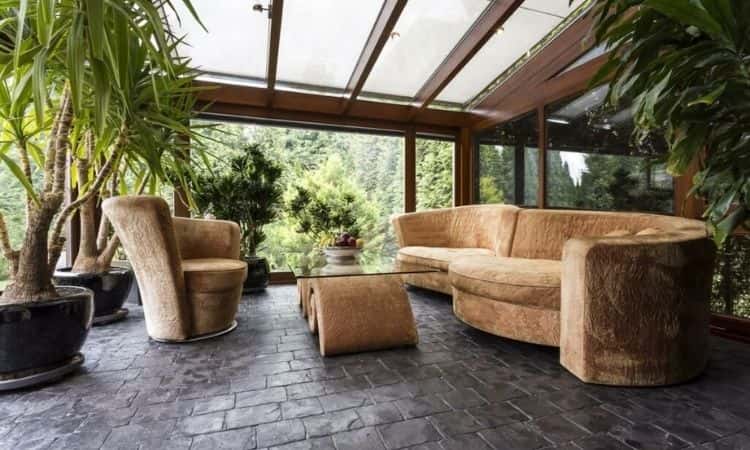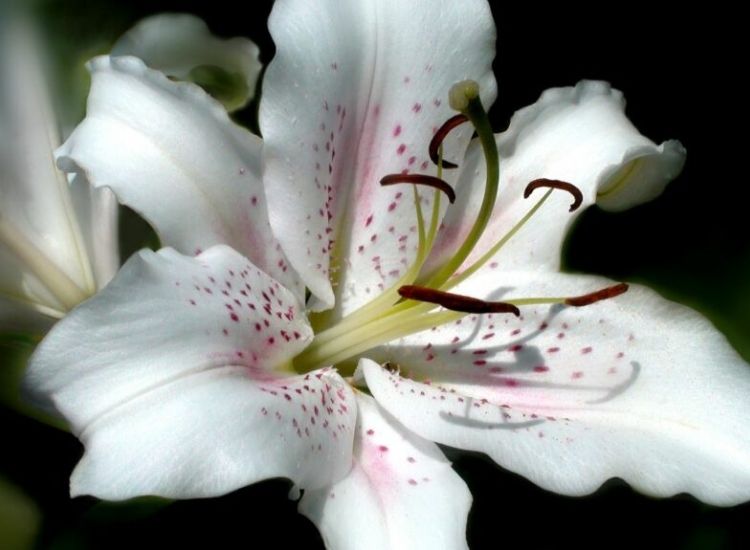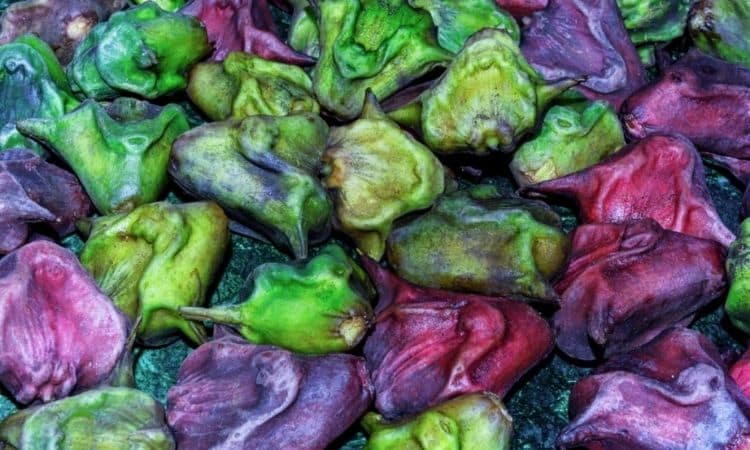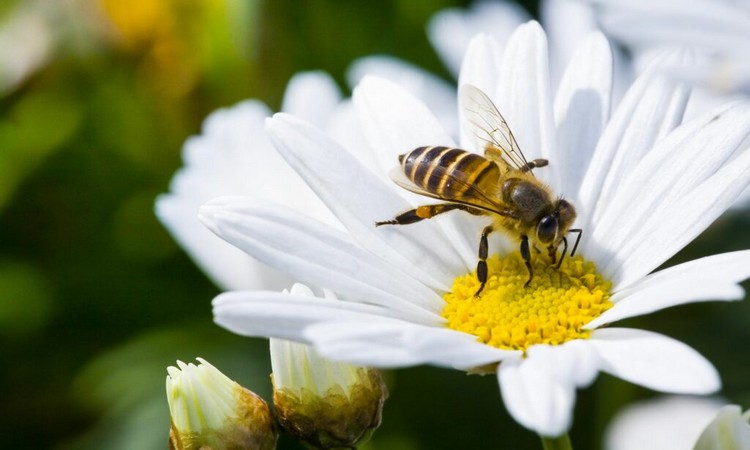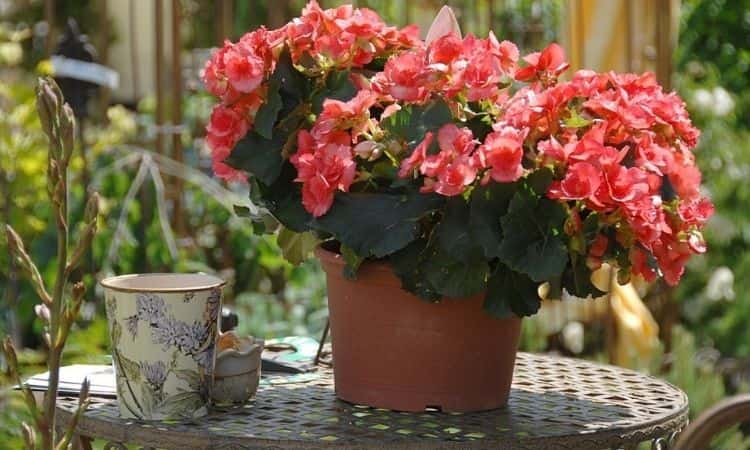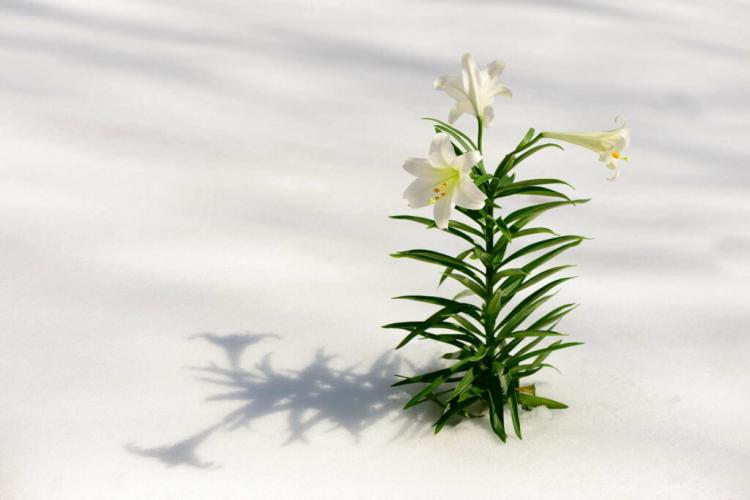The 15 Best Plants For The Indoor Winter Garden
We have collected for you the 15 best plants for your winter garden and give tips on visual design and successful wintering. A winter garden is the dream of many gardeners because it is a place where you can let your soul dangle. So that the Wohlfühloase comes however correctly to the validity, the selection of the correct plants is crucial: Not each plant gets along in each winter garden.
While tropical plants feel particularly at home in heated conservatories, other residents prefer a cold winter quarter. Find out which plant is suitable for which conservatory in our article.
Plants For The Cold Winter Garden
Table of Contents
Temperatures just below freezing: the cold winter garden is not for heat-loving plants. In winter, this type of conservatory quickly reaches temperatures of -5 °C, because it is not heated and is more like a weather-protected garden room than a second living room.
Nevertheless, the cold winter garden provides perfect winter quarters for numerous plants: especially those that need a winter rest for their growth but need to be protected from the weather and have sufficient light, feel comfortable here. Learn more about how to properly winter these potted plants in our special article.
A special form of the cold winter garden is the frost-free winter garden – here, minimal heating is used with a so-called frost monitor, so that the temperature never falls below freezing point. Especially frost-sensitive plants, but which need a winter break, are suitable for this form of the winter garden.
In summer, on the other hand, the temperatures in the cold winter garden rise quickly, so you should make sure that you have sufficient shading or ventilation options.
Lemon Tree
Delicious fruits and a touch of summer promises a lemon tree (Citrus limon). This Mediterranean plant is popular not only for its sour fruits but also for its pretty appearance: both its glossy, evergreen leaves and it’s brilliant white, fragrant flowers make the lemon a real gem.
Unfortunately, however, the lemon tree does not tolerate frost and is therefore only suitable for winter gardens with a frost guard, the temperature of which is ideally at least 37.4 °F. In addition, the lemon should be lightly shaded – it can react to too much light during hibernation with massive leaf loss.
Star Jasmine
Pure white flowers and a heavenly fragrance – the star jasmine (Trachelospermum jasminoides) is a treat for all the senses. The slow-growing climbing plant with its splendor of flowers is really a great eye-catcher but has the disadvantage that it can hardly overwinter outdoors in our country: Although the star jasmine can withstand temperatures of -50 °F for a short time, the plant suffers damage during long periods of cold weather.
Who nevertheless does not want to do without the evergreen beauty, can keep it well in a tub in the unheated or slightly temperate winter garden, where it is protected from the weather. In summer, the plant can then move back into the garden or stay in the sunny winter garden.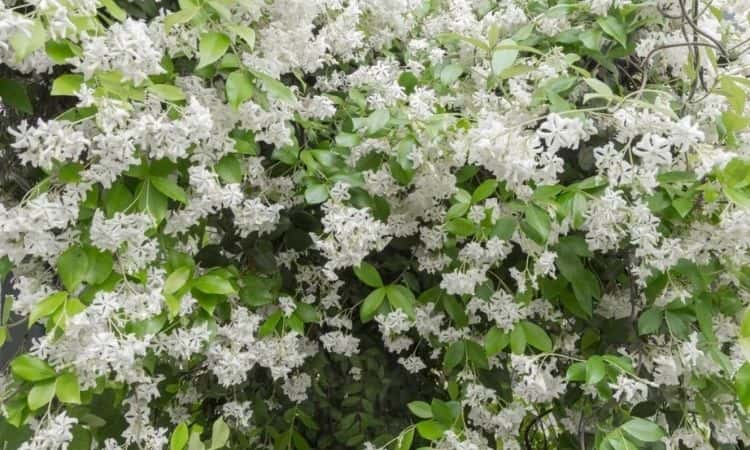
Olive Tree
If you want Mediterranean flair for your conservatory, you can’t do without the olive tree (Olea europaea): the robust little stem with the striking silvery-green leaves is a real eye-catcher and enjoys a large number of enthusiasts – no wonder, after all, the olive tree can also be cultivated wonderfully here.
While the plant can also thrive in the garden in summer, it should, however, move into the winter garden in autumn at the latest. Although the pretty little tree needs a winter rest in order to grow again with full strength the next year, it cannot tolerate long-lasting frosts.
Optimally, the olive tree winters in a winter garden with a frost monitor, because temperatures just above freezing are ideal for it.
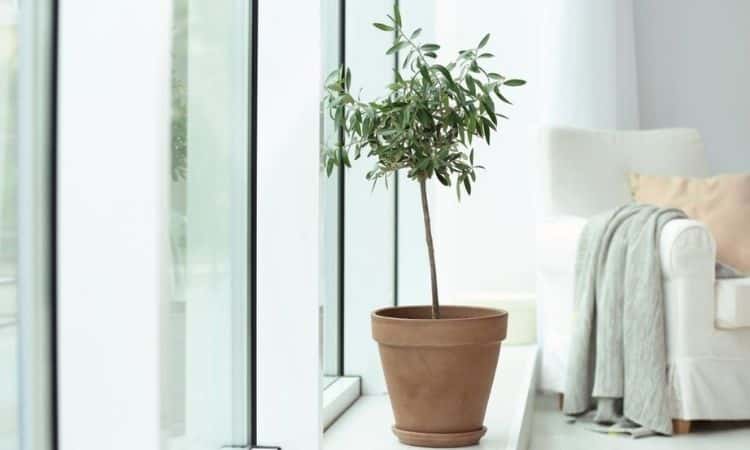
Cacti
Cacti (Cactaceae), with their striking appearance and easy-care nature, are particularly welcome guests. But not only as houseplants but also in the garden and on the balcony, the plants are becoming increasingly popular.
The only problem here is the winter: Particularly high levels of precipitation can severely damage the plants, which are adapted to drought. In contrast, many hardy cacti species cope well with cold, which is why an unheated conservatory is a perfect place for them – the protection from rain and moisture and the simultaneous high supply of light mean that the prickly plants get through the winter well and also make a real eye-catcher visually.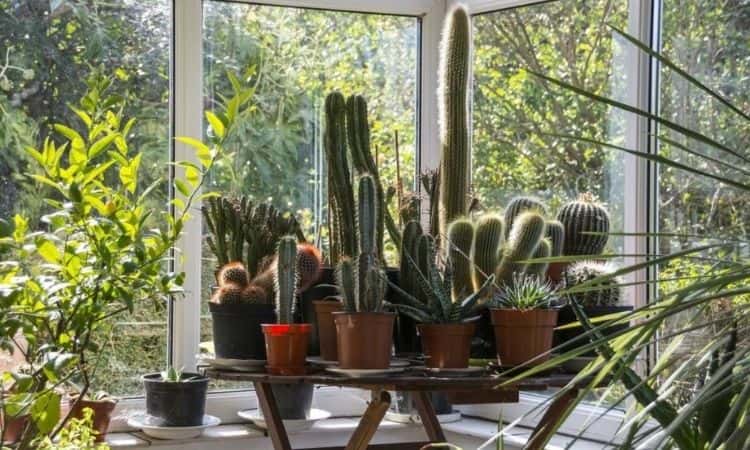
Camellia
If you don’t want to miss out on flowering splendor even in winter, you should reach for the Camellia (Camellia japonica): This exotic beauty is not only known for its enchanting appearance but has made a name for itself above all for its unusual flowering period, which runs from January to April.
In order to display their full splendor in winter, camellias need a place where they are protected from severe frosts and wind, but the temperature does not rise above 59 °F – making the flowers perfect for the frost-free winter garden. If you also make sure that the camellia is placed brightly, but not in the full sun, you can enjoy its flowering all winter.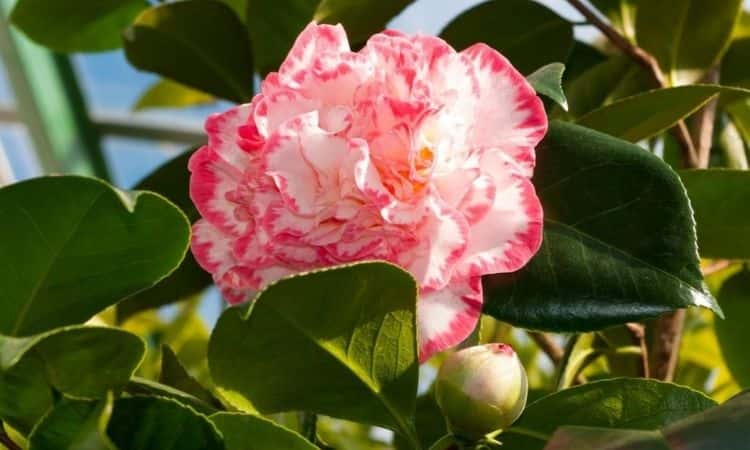
Plants for the temperate winter garden
The temperate conservatory lies exactly in the middle between the cold and warm conservatory – it is heated in winter, but only moderately, so that temperatures between 41 °F and 59 °F prevail. This means that the temperate conservatory can only be used as a living space to a limited extent, but of all three types of conservatory, it offers suitable quarters for most plants.
Especially exotic plants from South American and African regions, but also most houseplants feel very comfortable here. However, to ensure that not only the temperature but also the amount of light is right, it is recommended that the temperate conservatory be placed in a southerly direction.
Bluecrown Passionflower
Hardly any other climbing plant is as eye-catching in the winter garden as the Bluecrown Passionflower (Passiflora caerulea): with its artfully playful flowers in shades of white, red, or blue, the plant is an optical sensation that has already found its way into many works of art. Unfortunately, however, the pretty flower is not frost-hardy, which is why it cannot be cultivated in the garden.
It is all the more pleasing that the passionflower can be cultivated very well in the temperate winter garden. Equipped with a climbing aid and in a bright location, the flower quickly becomes extremely comfortable. In winter, the Bluecrown Passionflower should also take a rest at about 50 °F, so that it blooms again in full splendor the next year.
Eucalyptus
Who doesn’t love the intense smell of eucalyptus (Eucalyptus gunnii)? With its unique smell and decorative bluish to silvery-green leaves, this fragrant plant is an absolute must for any winter garden and can even be used as a medicinal plant. However, in order for the eucalyptus to feel at home, there are a few points to consider: Firstly, it should be in as bright a location as possible, as it is particularly sensitive to a lack of light. Secondly, temperatures of 41 to 50 °F should prevail in winter. If you give the eucalyptus a little extra care, it will soon enchant the entire room with its scent.
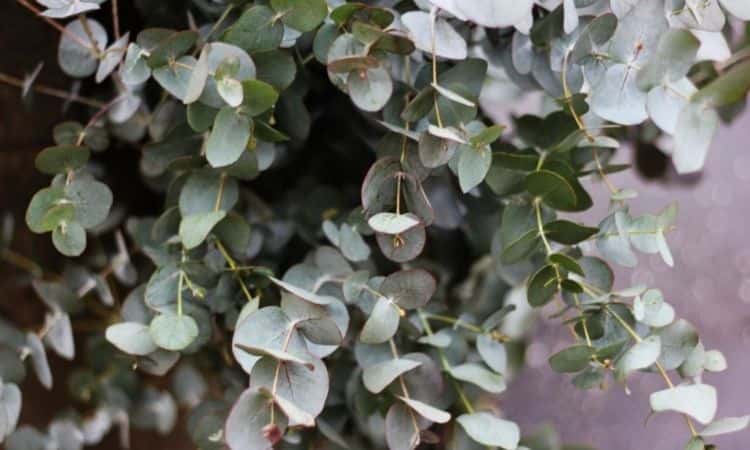
Cylinder cleaner
With its scarlet-red flower cylinders, the cylinder wiper (Callistemon viminalis) is a real feast for the eyes – and what’s more, this extravagant plant displays its flower splendor several times a year. Especially in the temperate winter garden, the colorful shrub causes envious glances, because here it can be grown all year round. At a warm and full sun location, the shrub with the beautiful flowers feels particularly comfortable.
The dormant period in winter, on the other hand, can be somewhat colder, with temperatures between 41 and 50 °F. The plant can also be grown in a sunny location. Although the cylinder wiper can also be overwintered warmly, the plant often shows itself to be much lazier in flowering afterward.
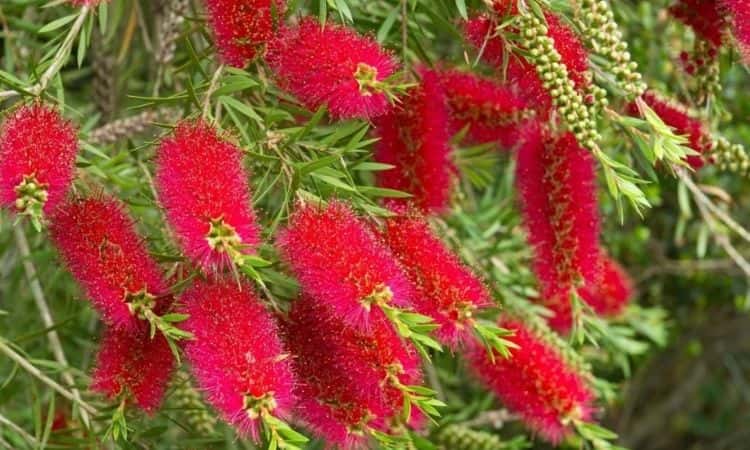
Bird of paradise plant
The name says it all – hardly any other plant for the winter garden is as extravagant as the bird of paradise flower (Strelitzia reginae). With its leathery leaves an imposing growth of up to one and a half meters, the pretty plant is a truly majestic sight. But it is its fascinating orange flowers that make the plant a real eye-catcher.
The exotic flower is particularly well suited for the temperate winter garden, where it finds ideal conditions: A bright and sunny location, where the temperature never drops below 50 °F, is optimal for the plant. In fact, in contrast to the apartment, the mild temperatures in the conservatory even have a positive effect on the health of the bird of paradise flower.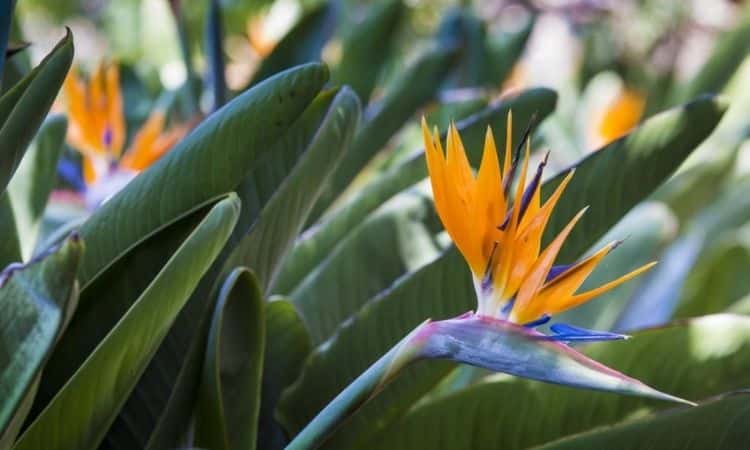
Palm trees
Palm trees are probably one of the most popular houseplants because they create a cozy vacation atmosphere in your own four walls. Especially in the bright winter garden, the magnificent plants grow to their full beauty and thus provide an impressive eye-catcher. The temperate conservatory is perfect for cultivating most palm species, as it allows the plants to rest at around 53.6 °F in winter. Another advantage of palms in the temperate conservatory is that there is something for everyone.
The Canary Island date palm (Phoenix canariensis), for example, is particularly suitable for beginners, while the ruler palm (Archontophoenix alexandrae) impresses with its coral-red fruits. The Chinese umbrella palm (Livistona Chinensis) is especially known for reaching a stately age even in winter gardens. Even the well-known golden fruit palm (Dypsis lutescens) can be cultivated wonderfully in the winter garden.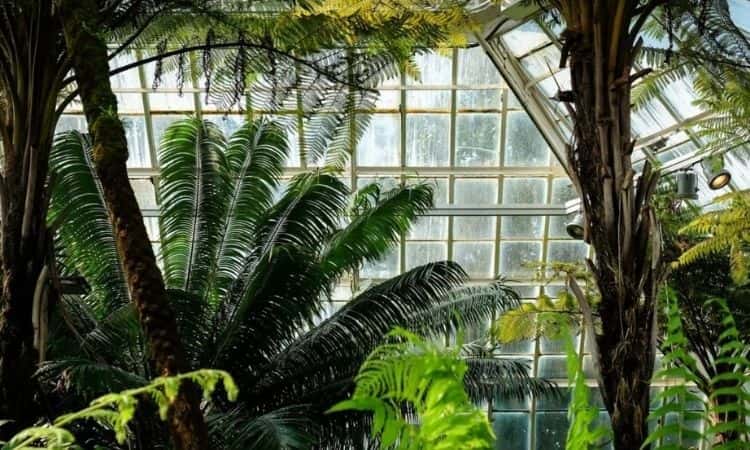
Plants for the warm winter garden
The heated winter garden can be used all year round and is often co-used as a living space, which is why it is sometimes called a living winter garden. Thanks to heating and careful insulation, the temperature in the warm conservatory does not fall below 64.4 °F even in winter, which is why tropical and subtropical exotics, in particular, enjoy this place. However, many popular houseplants also feel right at home in a heated conservatory.
Overall, the warm conservatory should have a uniform temperature up to a maximum of 73.4 °F. To prevent the temperature from rising too high in summer, it is advisable to place the conservatory in a northern location or to consider additional shading measures.
Bougainvillea
Hardly any other plant is able to bring the Mediterranean flair into the winter garden as impressively as the Bougainvillea (Bougainvillea glabra). Also known as the triplet flower, this climbing plant with its purple-colored bracts is a true beauty that soon catches everyone’s eye. Unfortunately, the bougainvillea is not frost-hardy, which is why it is often not cultivated at all – however, in a heated winter garden, the Mediterranean plant finds perfect conditions of at least 59 °F. Elegantly grown on a scaffold in the height, the bougainvillea soon develops into the secret highlight of the winter garden.
Tomatoes
Tomatoes (Solanum lycopersicum) many know only from cultivation in the open field or greenhouse. But did you know that a winter garden is also suitable for growing tomatoes? In fact, these are perennial plants, but in the USA they are often cultivated only as annuals because of the frost in winter. A heated winter garden can provide a remedy: At temperatures of 71.6 to 75.2 °F and in a bright location, healthy tomato plants, especially cherry tomatoes, and wild tomatoes, can survive the winter even in this country.
However, it requires intensive care to keep the plants healthy. Alternatively, the heated winter garden can also be used wonderfully for growing new tomatoes – due to the warm temperatures and good light conditions, the new seedlings can be grown much better and earlier here than in the garden or on the windowsill.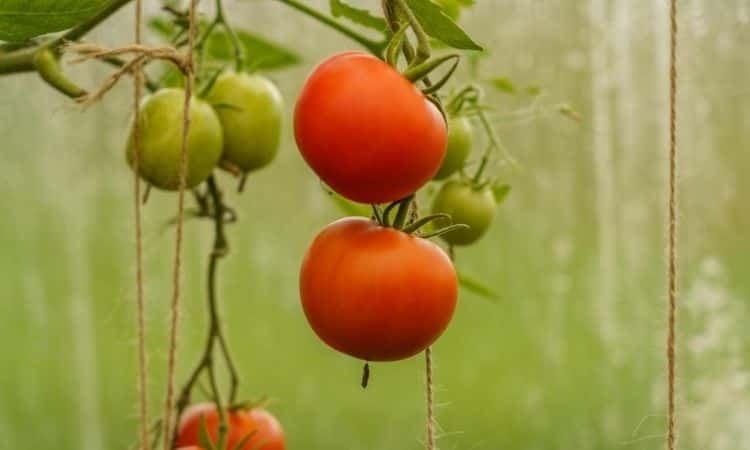
Orchid
Hardly any flowering houseplant is as popular as the orchid (Orchidaceae). In almost every household can be found one of the plants with graceful flowers, although the orchid is considered particularly demanding in care. However, these exotic beauties do not only cut a good figure as houseplants – but they can also be cultivated very well in the winter garden. Especially the bright, but not too sunny location and warm temperatures benefit the discreet houseplants and ensure that they show their full beauty.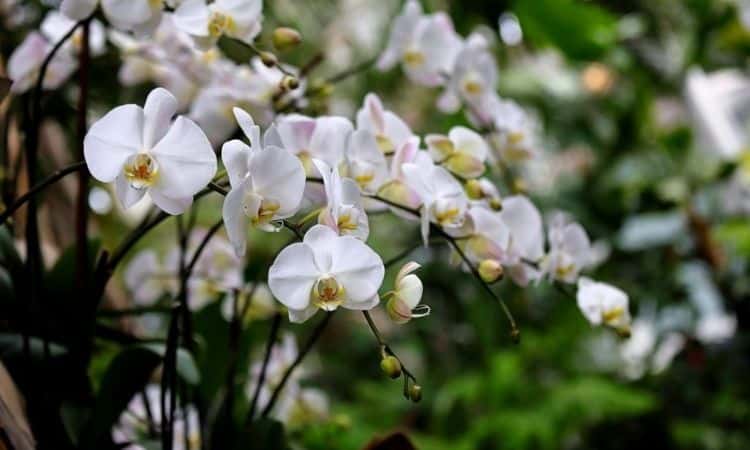
Mango tree
The sweet and juicy fruits of the mango tree (Mangifera indica) are probably found in most kitchens. However, many do not dare to plant their own mango tree, as it usually does not cope with the German weather. The remedy is a heated winter garden: at temperatures above 15 °C, the mango feels extremely comfortable and is a real asset as a potted plant. To ensure that the mango also bears juicy fruit in the conservatory, it is important to open the windows in summer as soon as the beautiful mango flowers appear – this is the only way insects can ensure pollination of the plant.
Shell Ginger
A real rarity among ornamental plants is the shell ginger (Alpinia zerumbet) – in fact, the exotic plant is hardly found in the USA – unjustly, we think, after all, the shell ginger is a real beauty: with its upright, slender growth and decorative leaves, the plant is an asset to any room.
A special eye-catcher, however, is the pink-tinged, round-oval flowers of the shell ginger, which hang from the plant in dense clusters and have an interesting yellow-red pattern inside. Shell ginger is wonderful to grow in a heated conservatory, as it is considered to be extremely hardy and adaptable, as long as it is kept at a minimum temperature of 12°C.
